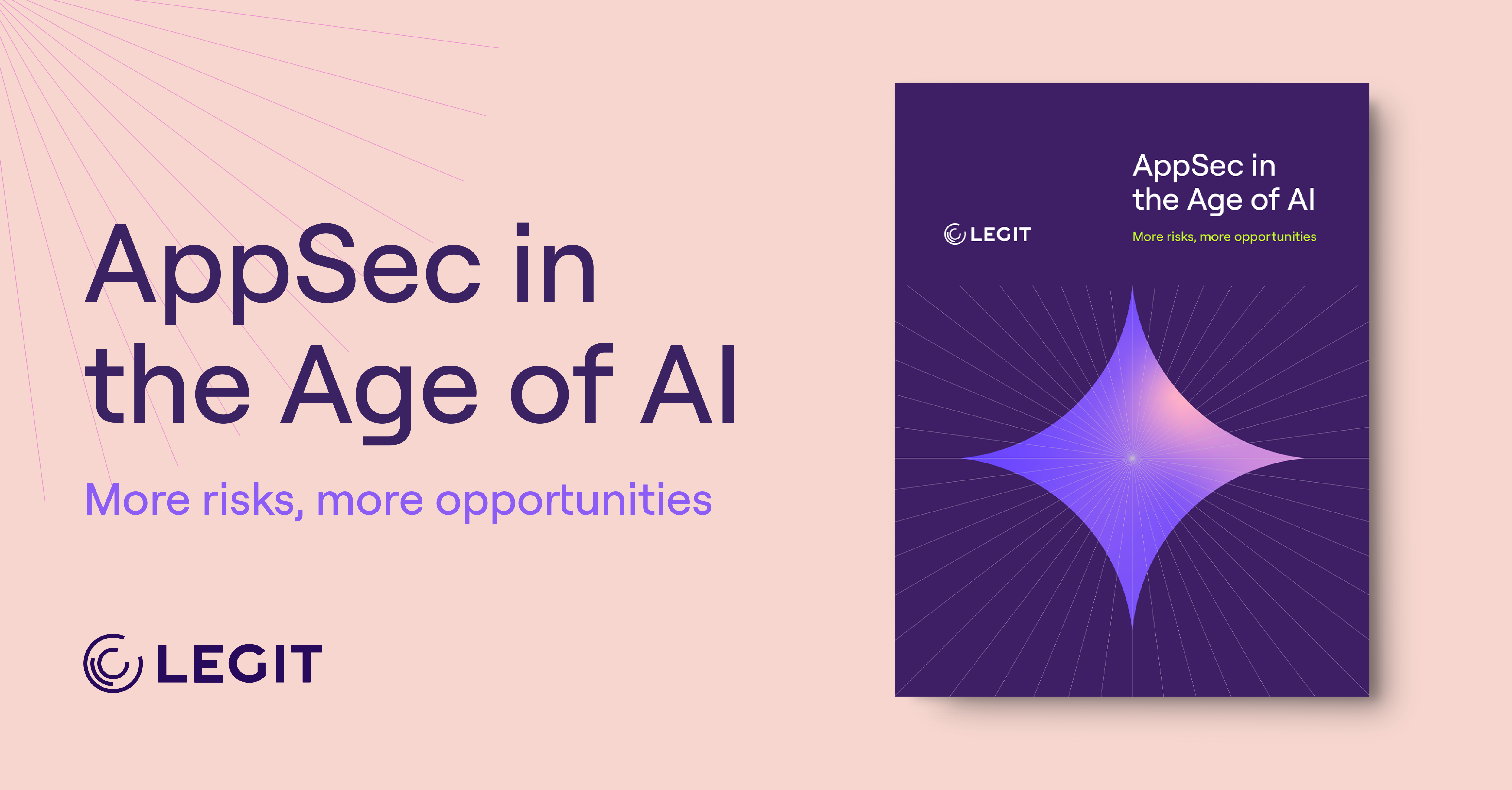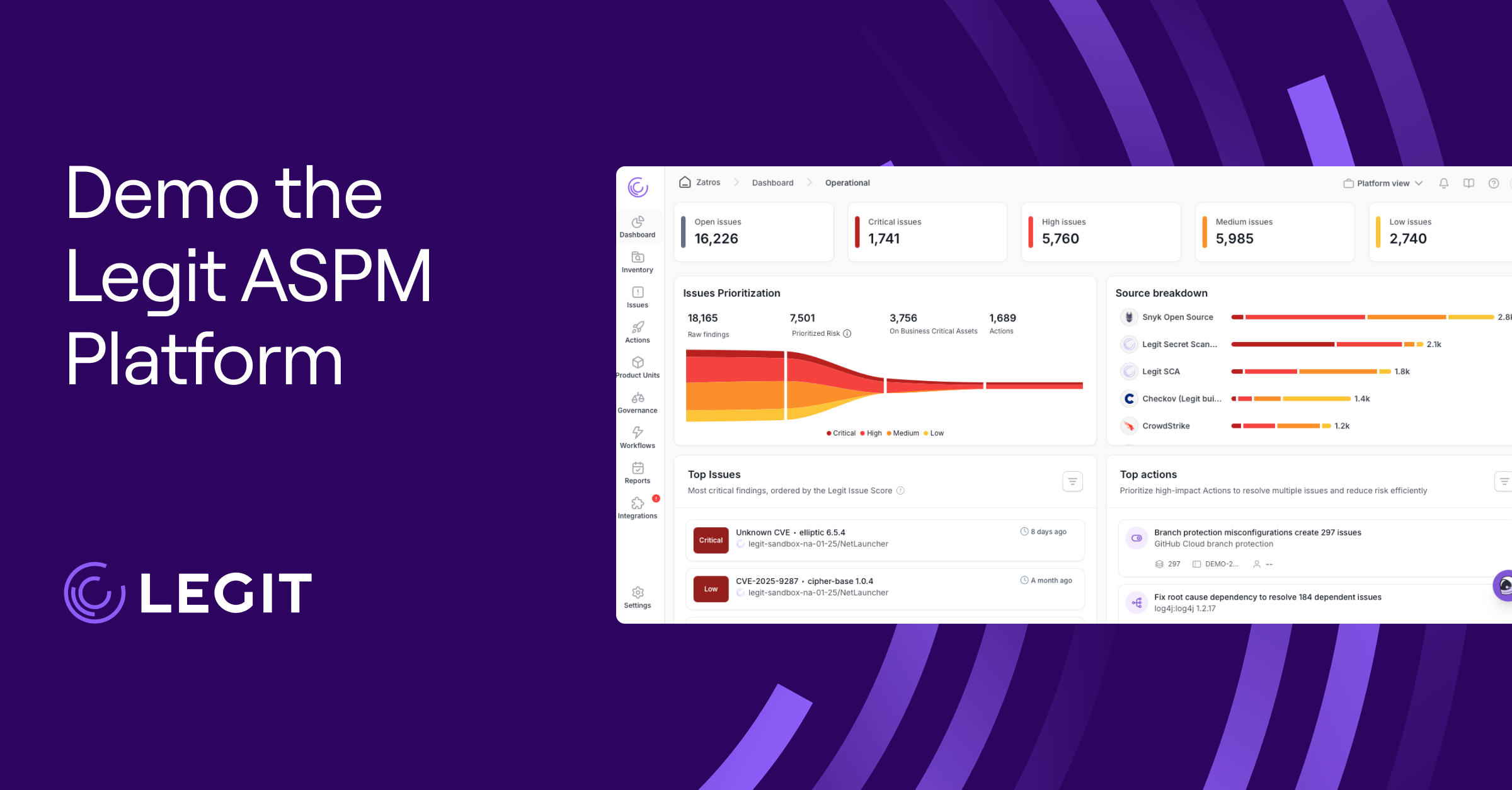Like any good tool, artificial intelligence (AI) boasts a variety of use cases—but just as many risks.
To help organizations navigate this technology, the National Institute of Standards and Technology (NIST) created the AI Risk Management Framework (AI RMF). These standards aim to provide organizations with the resources necessary to use new tools as mindfully as possible.
While the release of this framework is a significant step in creating a more secure AI landscape, decoding it takes time and effort. Here’s a guide to the definition of NIST’s AI standards, plus how to use them effectively.
What Is the NIST?
Before we explore the framework, let’s establish what the NIST does. The NIST is a U.S. government agency that promotes innovation and industrial competitiveness, particularly in fast-moving sectors like information technology.
You may already be familiar with the NIST thanks to its other standards: the Cybersecurity Framework (CSF) and the Secure Software Development Framework (SSDF).
What Is the NIST AI Risk Management Framework?
The NIST AI standards were released in January 2023 to enhance AI and machine learning (ML) system safety. The goal is to present a structured approach to identifying and mitigating AI-related risks.
The NIST AI RMF is industry-agnostic, which means any organization can incorporate these considerations into the use, development, and evaluation of AI products and services. And while these standards are voluntary, they’ve become the norm as more businesses use AI and ML regularly.
NIST AI Risk Management Framework Core Functions
The NIST AI RMF outlines four core functions to help businesses identify and manage AI-related risks:
1. Govern
The Governing function is all about developing clear processes, documentation, and standards within organizations—practices that permeate the other three functions. It helps organizations:
- Foster a risk management culture toward the design, development, and evaluation of AI systems
- Define continual processes and organizational structures that identify and anticipate risks to users and society
- Decide how to lessen the impacts of potential issues
2. Map
The Map function establishes context for organizations looking to frame risks and understand how AI systems contribute to broader goals, technologies, and society. It pinpoints AI’s potential pitfalls, such as ethical or regulatory compliance issues, and helps organizations decide how to assess them. This ensures that teams consider all relevant factors when evaluating risk.
It also helps organizations:
- Learn when systems aren’t functioning within or outside the intended context
- Identify beneficial use cases and known negative impacts of existing systems
- Double-check and correct assumptions about the context of AI systems
- Anticipate the impacts associated with using AI beyond its intended use
3. Measure
The Measure function uses qualitative, quantitative, or mixed-method tools and techniques to assess the risks associated with AI. It uses information relevant to AI risks identified in the map function and provides guidance to the (fourth and final) Manage function. With effective risk measurements and documentation, organizations can:
- Track social impact metrics
- Analyze trustworthy characteristics and use past data to make more informed decisions
- Emphasize traceability and identify issues through documentation
4. Manage
The Manage function involves the act of risk management itself: making contingency plans, allocating resources, and recovering from any issues. It’s there to help businesses understand how to respond to incidents if they occur and learn from the experience.
This function stresses the importance of leveraging external resources to help stakeholders better understand the big picture. These perspectives improve strategy and increase accountability and transparency across the board.
Challenges in AI Risk Management
While the NIST AI RMF gives the process some structure, managing AI risks is still challenging. Notable obstacles include:
Risk Measurement
AI itself is a relatively new concept, which means there’s a lot we can’t yet understand or define. It’s difficult to accurately measure risk, track emerging problems, and solve issues based on previous experiences because there isn’t extensive context or available metrics. Companies using AI often have to learn as they go.
Risk Prioritization
Not all AI risks are of equal concern. But when it’s unclear how AI systems work, it’s hard to tell which issues are most important.
AI systems trained with sensitive information should be at the top of your list because there’s more to lose if something compromises them. Those trained with non-sensitive data aren’t as risky since they don’t usually contain personally identifiable information.
Risk Tolerance
Risk tolerance refers to how much risk your team or organization can handle. Previous experiences, data sensitivity, and legal or regulatory requirements can all impact this challenge.
The most important thing to note about risk tolerance is that it can—and will—evolve as AI systems do. Stay fluid and continually reassess your organization’s tolerance to make sure you can handle what comes your way.
Risks Across Different Stages of AI Lifecycle
Depending on AI’s use case, it can have a long lifecycle. The more you use it, the more opportunity there is for risk. And since AI systems become increasingly complex as they change over time, measuring risks early on differs tremendously from doing so later. Your risk management practices have to account for this evolution.
How to Implement the NIST AI Risk Management Framework
Want to implement the NIST AI standards? Here’s how:
1. Understand the AI Risk Management Framework
The first step is to read and understand the NIST AI RMF documentation. It’s a complex, lengthy text, but the insights within are invaluable.
2. Recognize AI System Presence
Inventory the AI applications and systems your team uses. Note their objectives, data inputs, and outcomes to help identify potential risks.
3. Perform a Risk Analysis
Go through your list of AI systems, determine the potential vulnerabilities and threats, and categorize them into different risk levels. This gives you the information to isolate how these risks could impact your business and its goals.
4. Determine Risk Mitigation Techniques
Develop procedures to mitigate risks, like implementing technical controls or tightening security for systems using sensitive data. To streamline the process, work with an expert or AI risk management software.
5. Implement Risk Mitigation Techniques
Now it’s time to act proactively and implement the techniques you explored. If possible, perform tests to make sure the proposed strategies work. Remember: Risk mitigation techniques will change as AI systems do, so check in intermittently by completing more analyses.
The Impact of NIST AI Risk Management Framework on Enhancing Trust and Reducing Risks
The overarching goal of the NIST AI RMF is to offer a flexible approach that organizations across sectors can reference. While it’s not binding, it does provide a reliable set of best practices to ensure businesses deploy AI systems responsibly. As regulatory standards evolve, the framework will, too, making it easier for businesses to meet requests from regulatory bodies.
Despite being a U.S.-based government agency, NIST is globally recognized. Because of this, it establishes an approach that businesses worldwide can reference and follow.
How Legit Security Simplifies Compliance With the NIST AI Risk Management Framework
AI is rapidly evolving. Your business needs to be proactive regarding risk assessment, management, and mitigation—especially if you develop and deploy software.
Don’t be blind to AI within your organization. Let Legit Security help you identify and secure AI in use in your SDLC. Reach out for a demo to learn how Legit Security’s wide range of capabilities can mitigate risk across the software factory.
Download our new whitepaper.


